Get ready to update your knowledge regarding telecom industry trends.
The growing strength of technology is changing the telecom industry in many ways. Nowadays, telecom companies are revolutionizing how people communicate and share information across networks. The pandemic has sped up progress in the telecom sector, leading to big changes in the industry.
In today’s world, connectivity brought to us by telecoms has profoundly become an integral part of our daily lives. It is continuously changing the needs and habits of our customers. We all need to adapt to this new reality as the change will continue to grow shortly.

The changing technological trends in the telecommunication industry have become a bedrock for many businesses. A digital revolution is underway in which there is an acceleration of the Internet of things, content services, artificial intelligence, automation, and 5th-generation technology. By generating a shift in product-focused services towards consumer-focused services, there is a structural shift in the telecom industry dynamics.
In numerous sectors like healthcare, technology, energy, digital communication, and education, telecoms provide fast and stable connectivity as many Internet-connected devices are becoming common today. Furthermore, the rise of remote work during Covid-19 has increased computer resources, and by 2023, we will experience new norms in this sector.
Listed below are the Top Technological Trends for Telecom Industry in 2021 and beyond.
Table of Contents
- Top 10 Technological trends for the telecom industry in 2021-24
- 1. Expansion of 5G Deployment
- 2. Internet of Things
- 3. Artificial Intelligence
- 4. Edge Computing
- 5. Cybersecurity
- 6. Predictive Maintenance.
- 7. Big Data Analytics
- 8. Cloud Computing
- 9. Distributed Ledger Technology.
- 10. Open Ran Architecture
- Conclusion
Top 10 Technological trends for the telecom industry in 2021-24
1. Expansion of 5G Deployment
A recent report by Ericsson Mobility reveals that mobile networks carry almost 300 times more mobile data traffic than the traffic they had in 2011. This report further shows that there are more than 5.5 billion new smartphone subscribers in the world today, and by 2027, 5G networks will carry 62 per cent of the world’s smartphone traffic. This report presents a bright picture for mobile networks, and it is believed that this technological advancement will revolutionize the whole telecom industry
As people are becoming more dependent on their mobile phones, mobile networks’ efficacy is increasing daily. This is the primary reason telecoms are investing in 5g networks today, and the proactive deployment of 5G technology is on the top list of multitudes of firms.
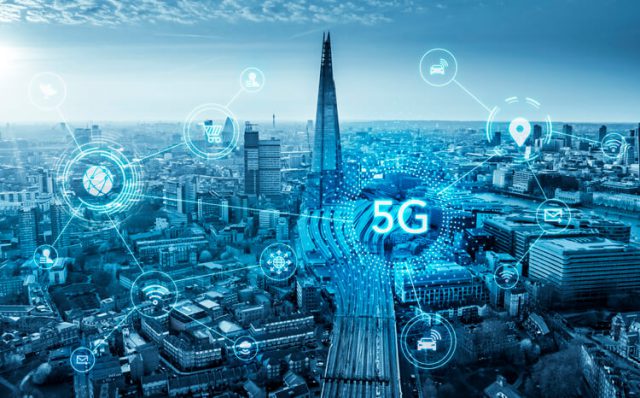
The importance of 5G networks is that businesses can get real-time insights into their products at an unprecedented scale. It is believed this technological advancement will revolutionize the way companies operate and deliver their devices. From the manufacturing industry to health, 5G is the game-changer in the field of mobile networking.
According to GSMA, 5G is believed to generate around $700B in economic value. But employing 5G technology is not as simple as it sounds. The process involves integrating 5G with edge computing and Internet of things devices.
Having discussed the prospects of 5G technology, let us move to our second technological trend, i.e. Internet of Things.
2. Internet of Things
The term ‘Internet of Things’ encompasses the entire physical devices, tools, equipment, machinery, and other bright objects that can collect data about the physical world and transmit this data through the internet. It is a concept of connecting any to the Internet and later with other connected devices.
The convergence of different technologies has evolved the ‘Internet of Things. Firstly, this technological advancement improves stable connectivity as devices connect over the Internet become more prevalent. Secondly, with the help of IoT, telecoms can track communication remotely now. IoT has resulted in a smooth business process with an increase in revenue through its practical utility.
From connected cars, homes, and even yourself, IoT is the new normal of the 21st century. Significant advancement has been made in connected vehicles in the US, and there is the Internet of things, wireless communication network, abstract image visuals
a growing increase in mobile subscriptions for connected cars. The IoT will broaden the wireless reach for both consumers and business users through factory automation, workforce training, and field support.
3. Artificial Intelligence
Artificial intelligence is the art of making intelligent machines and computers. Through efficient use of AI Technology, developers can train machines to perform specific tasks. AI is being increasingly implemented for the potential of this technological advancement.
The telecommunication sector is heavily relying on Artificial intelligence to boost its product sales. Customer service has significantly improved by using applications such as virtual assistants and chatbots. An in-house report of Vodafone says that after the introduction of AI chatbots, customer service satisfaction improved by 68%.
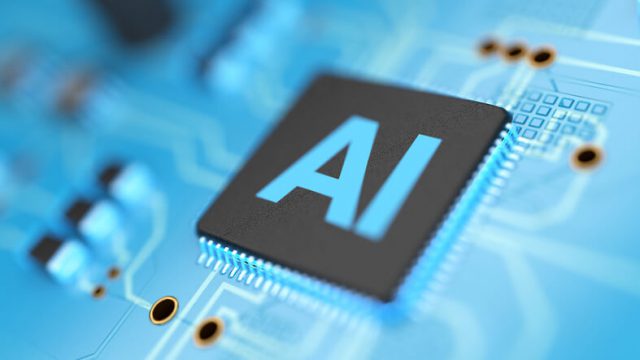
These next-generation wireless networks use data science to predict peak traffic hours to enhance their network capability. The network providers can cut their costs through automation. This allows them to boost their network performance and provide better service to the consumer.
One leading company providing big data analytics in the field of aviation is Gogo. Gogo provides in-flight internet and strategically partnered with N-iX to ensure high-speed Internet during flights. Using data science and machine learning algorithms, the company has established models to predict the failures occurring in satellite antennas.
Such a solution provides the reasoning behind each recommendation by Gogo. Data science also helps the firm save costs by removing needless equipment from its service area.
By ensuring servicing, AI has fervently changed the whole interface of networking sites. Today, providers can predict and make sound judgements based on these decisions.
4. Edge Computing
Edge computing refers to the analyzing, process, and storing of data closer to where it is generable. It brings the enterprise application closer to the sources such as IoT or local edge servers. This proximity of data closer to the head can help with better bandwidth and faster insights.
Research by ABI predicts that the synchronization of edge servers with telecommunications infrastructure will present a $54 billion opportunity in three years. Moreover, according to IDC, 45% of IoT-generated data will be stored, processed, and analysed at the edge of networks by 2023.
This increasing capability of edge in telecommunication is because of the heavy reliance on surgical robotics on connectivity and low latency levels. For these devices, real-time data must be transmitted and actions are taken instantly. Therefore, companies are implementing edge computing to achieve as low latency as possible.
Edge computing can be placed at enterprises, homes, vehicles, or even in planes or private cars. Communication service providers can manage the edge infrastructure and require various applications to deploy at different sites. Edge computing enables services to multiple industries by establishing a partnership with cloud providers.
5. Cybersecurity
Cybersecurity has become one of the essential elements of the telecommunication industry. Cybersecurity is the art of protecting networks, devices, and data from unauthorised access and illegal use. This is the practice of ensuring confidentiality, integrity, and privacy of the data of millions of users available online. Cybersecurity is sometimes also referred to as Information technology (IT) security as measures are designed to combat the threats posed against networked systems.

As breaches are becoming more frequent today, network companies should secure their clients’ data and make networking safe. Moreover, companies need to identify opportunistic malware and initiate successful security at the design stage. Telecommunication firms also need to devise a disaster recovery policy to dictate how the organization restores its information and operations once the consumer data has been infringed.
A report by RiskBased Security revealed that a shocking 7.9 billion records have been exposed by data breaches in the first nine months alone. Due to the increasing cybersecurity threats, a massive amount of $133.7 billion by 2022 would be spent on cybersecurity alone. As a result, the primary danger posed to the telecommunication industry is cybersecurity.
To protect your data online, you can adopt the following measures:
- Update your software and operating system.
- Use updated anti-virus software.
- Do not open email attachments from unknown senders.
- Avoid using unsecured Wi-Fi networks in public places.
In short, businesses should invest more in securing their assets, keeping a track record of threats, preventing attacks by using multiple software, and recovering if attacked.
6. Predictive Maintenance.
Predictive maintenance is the technique that uses data analysis tools and techniques to detect anomalies in your operations. This technique helps you in identifying the possible flaws in your data before there any failure occurs. By using sensor devices, the conditions of the assets are assessed.
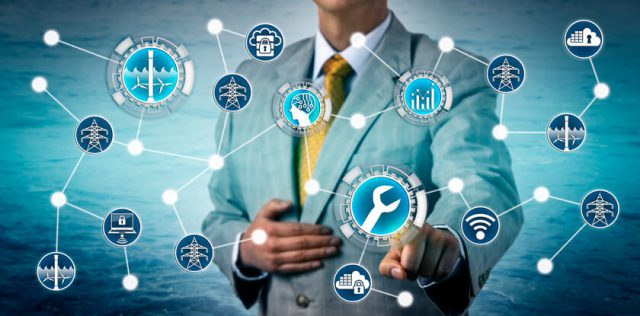
Predictive maintenance is the most advanced form of maintenance currently available in the field of technology. With the help of predictive maintenance, maintenance is only scheduled when specific conditions are met and before the assets are broken down.
Some of the benefits of predictive maintenance include:
- Increase in assets uptime by 30 percent.
- Streamlining maintenance costs through reduced labor.
- Improving safety.
- Reduces cost and complexity of repairs.
- Avoid downtime.
Japanese automobile manufacturers are utilizing predictive maintenance by using the Internet of Things to model the behavior of their welding process. By identifying the causal factors of failure and faults, they find the top predictors of equipment failure. The system delivers 90 percent prediction of defects without any responsibility and has helped the firm save 1.5 hours per fault thanks to the advanced forecast.
Leaders of the digital age are doing better by effectively utilizing these trends. By investing in predictive maintenance, IoT, and cloud computing, they are harnessing the true power of this digital atmosphere.
7. Big Data Analytics
Big data, in simple terms, is data in incredible volume and velocity. This is the more significant, many complex data from new sources. Big data as a field refers to how we can treat, systematically analyze, and process data.
IoT has revolutionized big data as the chunks of data available can be monitored and processed today. Today, businesses can use technological devices with big data. For telecommunications companies, managing this massive volume of data has become a need for hours.
Telecoms collects data about mobile phone usage, network equipment, server logs, and social networks. The data available from these companies provide a lot about their customers and their cognitive behavior.

The rapid proliferation of Communication network service providers (CSPs) has resulted in the bulk of data for these service providers. They need to process, store and get insights about this data at a lightning-fast speed. Here comes the role of Big Data analytics. Big data analytics helps in:
- Identifying the customers facing problems in paying bills.
- Targeting steps to improve the recovery of payments.
- Analyze the root cause of the problem to prevent further hassle for the customer.
- Targeting potential customers for their campaign.
Moreover, in the telecommunication sector, the customer call record can be analysed by configurable parameters and determine the social groups of subscribers. The information obtained will help you identify the high-quality users and target your consumers based on their profiles. McKinsey&Company found that by applying data analytics-driven solutions, you can help the telcos reduce churn by 15%.
8. Cloud Computing
Cloud computing is the practice of using a network of remote servers hosted on the Internet to store, manage, and process data, rather than a local server, personal computer, or an external hard drive.
Cloud computing offers tangible and real benefits to its users. We live in an era of effectiveness and efficacy in information technology. With the power of cloud computing, the whole infrastructure of IT has been exquisitely transformed into a utility.
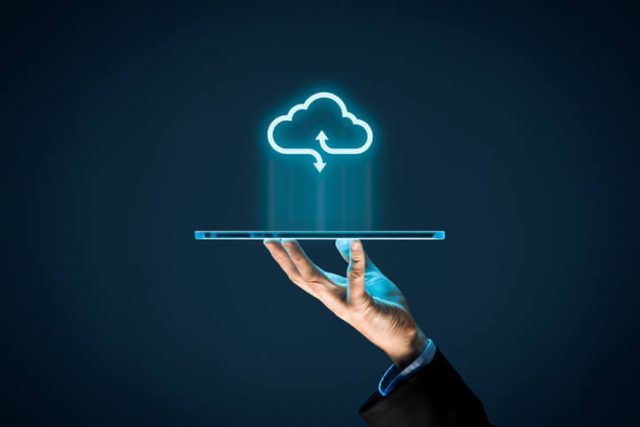
Cloud computing allows users to plug into’ the infrastructure via the Internet and install and maintain their data on its premises. These remote data centres are managed by Cloud Service Providers (CSP) that make these services available by charging a monthly subscription fee.
The benefits of Cloud Computing include:
- Lowers IT costs by providing your personalized infrastructure for data.
- Improve agility and time-to-value by providing organisations access instead of waiting months for IT to respond to the request.
- You can scale the capacity up and down in response to spikes and dips in traffic.
Cloud computing is sometimes also referred to as Virtualized IT infrastructure. It encompasses the servers, operating system software, networking, and other infrastructure that is intangible. The pool of cloud computing is irrespective of physical hardware and can be managed without taking much of your physical space.
In short, if you are using a mobile phone or laptop at home, you are certainly using some form of cloud computing every day. Cloud applications like iCloud, Dropbox and Google Gmail offer these free of cost. A recent survey by IBM reveals that around 92% of organizations are using cloud computing today. These facts reflect the change in trend from physical storage towards virtual storage in the digital age.
9. Distributed Ledger Technology.
In the telecom sector, Distributed ledger Technology or simply DLT refers to the digital system for keeping and managing the sender’s IDs and templates. This protocol allows simultaneous access and record updating to networks that spread across multiple entities or locations.
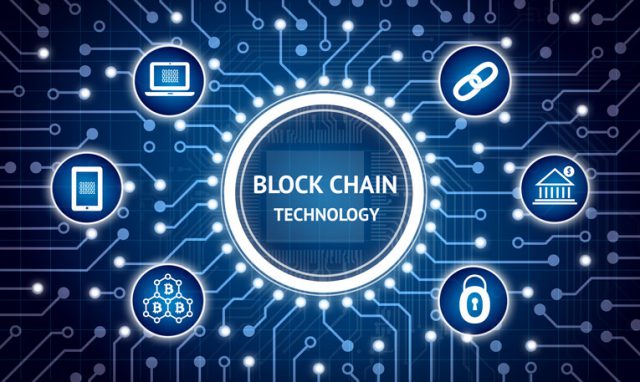
Bitcoin initially introduced the BLT, and it has given its potential to multiple sectors. It deems to have far-reaching implications for entities that rely upon trusted third parties. The distributed networks eliminate the need for authority to keep a check against manipulation. By using cryptography, all information is secured with the help of DLT.
A centralized database is more prone to cybercrime, and therefore, distributed ledger technology has is perk here too. To protect the consumer’s data from cybercrime, copies of data are stored across the network, which must be attacked simultaneously to infringe on the user’s data. Moreover, the power of simultaneously sharing and updating records makes the whole process faster and cheaper.
Commonly used distributed ledger protocols are Hyperledger Fabric, Ethereum, and Quorum.
10. Open Ran Architecture
Open Ran reference architecture is designed to enable next-generation RAN infrastructure. It is the foundation for building a virtualized RAN on open hardware and helps network operators build and deploy 4G and 5G networks. Furthermore, Open Ran technology combines hardware components with vendor-neutral software.
Telecoms introduced this technological innovation was introduced in 2020 by telecoms to reduce the cost of networking and
drive growth. Doyle Research expects Open Ran architecture to encompass about 10 percent of the Ran market by 2026. Moreover, communication suppliers have said they will commit a significant percentage of their wireless budgets to Open Ran by 2025. With Covid-19 restrictions slowing testing and deployment of Open Ran, this could become one of the significant trends beyond 2021 now.
The leader adopters of this innovation will be greenfield deployments, private 5G network providers, and other small cells. Moreover, mobile operators like Ericsson, Huawei, Nokia, and Samsung have Open Ran architecture.
Conclusion
Covid-19 has opened new doors of opportunity for the telecom industry. Companies are leveraging the strength of advanced wireless technology; the next-generation trends in technology can leverage how the drives are going to operate.
Today, mobile carriers have numerous openings to start working into financial services, and the first mover will get the most out of this technological advancement. These new trends in technology have already begun to change our reality, with each day different from the previous one. Technologies such as cloud computing, big data, Artificial intelligence, 5G networking, predictive maintenance, and Open Ran Architecture are all set forth towards becoming the new norm now.
In a nutshell, advancements in technology at a groundbreaking level have changed the dynamics of information technology, health, education, military, aviation, and nearly every sector now. And these trends are profoundly impacting our lives currently. The biggest lesson for technology by Scott Martin is:
“This wearable technology space is going to become an emerging trend. As we look at different people and the way they integrate technology into their lives to stay connected, it’s finally coming together across the board with products from a whole range of industries. The key is not just throwing the technology in there, but making sure it’s easy to use and something the audience can relate to”

